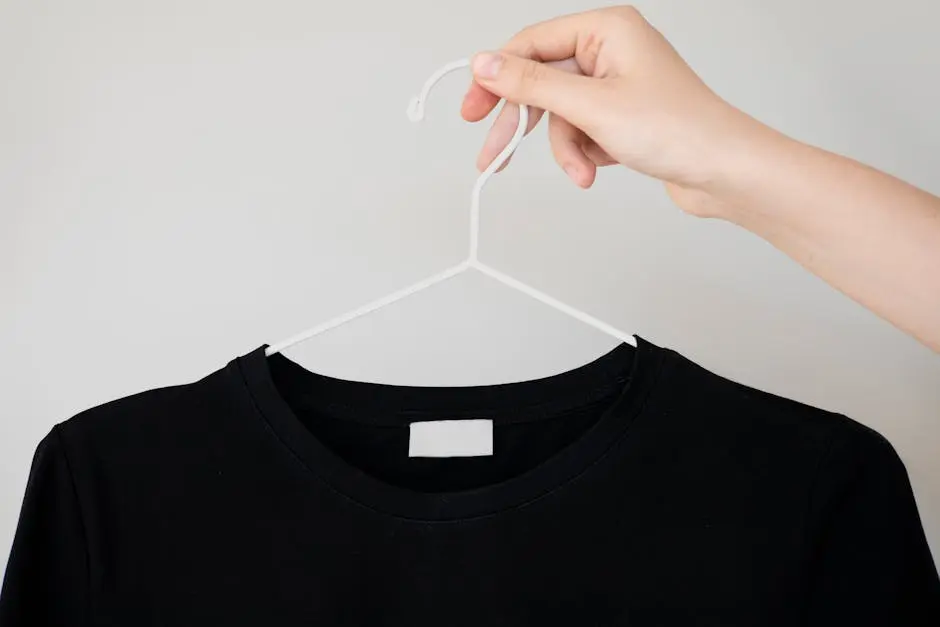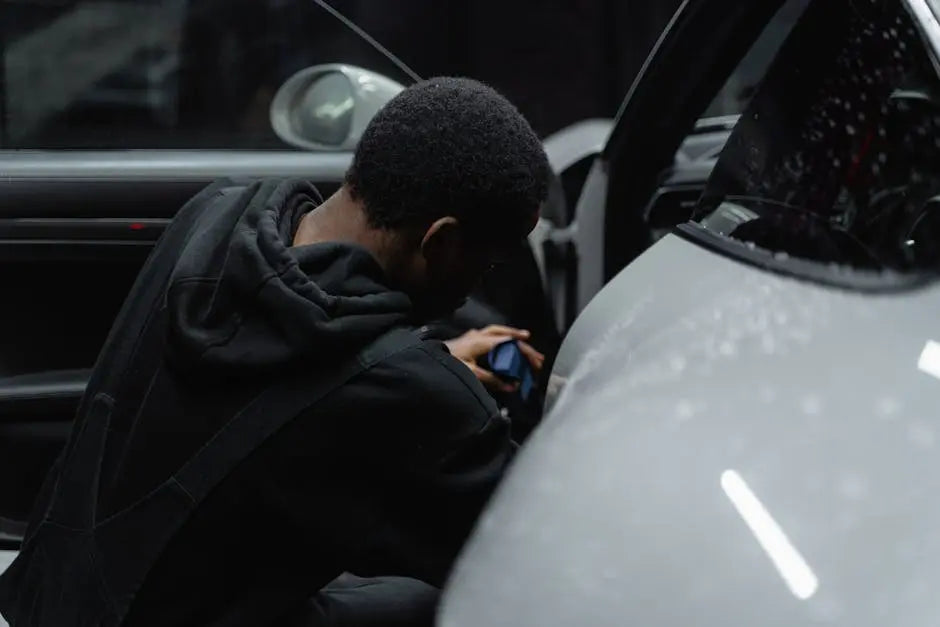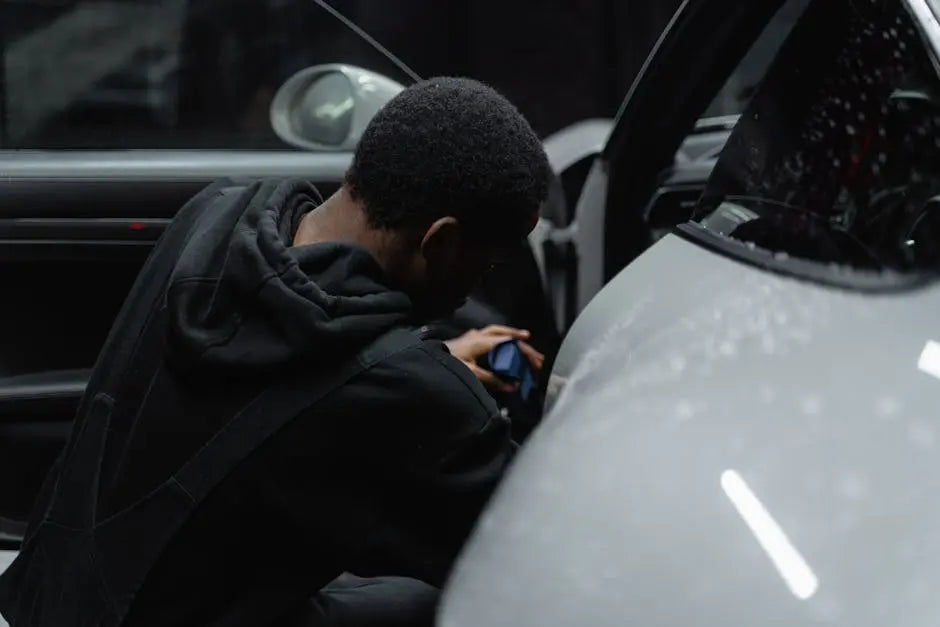In the world of fashion, detailing plays a pivotal role, especially when it comes to turning a simple T-shirt into a unique piece of wearable art. The art of detailing T-shirts is more than just a craft; it’s a passionate expression that combines creativity, skill, and personal touch.
Understanding the Art of Detailing
Detailing T-shirts involves the thoughtful use of patterns, colors, and embellishments to elevate their aesthetic appeal. It’s about accentuating the T-shirt’s natural qualities while adding a touch of personal flair.
Imagine you have a plain white tee. To the untrained eye, it may seem mundane, but to someone who delves into the art of detailing, it’s a blank canvas brimming with potential. The magic begins with a choice—a splash of color, a whimsical design, or even a bold statement that transforms it entirely. Detailing, in essence, bridges the gap between the ordinary and the extraordinary, allowing one’s personality to shine through in every stitch and hue. Whether it’s the intricate weaving of a thread or the delicate placement of a fabric patch, each decision contributes to the T-shirt’s new identity.
Furthermore, the art of detailing isn’t restricted by rules. It’s a dynamic process, where creativity knows no bounds. Influenced by cultures, trends, and personal experiences, it adapts and evolves. Each piece tells a unique story, capturing moments or emotions that resonate deeply with the creator and the wearer. This personal connection to the garment not only adds depth to the piece but turns it into a keepsake, cherished far beyond the scope of conventional fashion.
Materials and Tools Needed
To begin detailing T-shirts, gather essential materials such as fabric paints, embroidery threads, and embellishments like sequins or beads. The right tools, including brushes, needles, and stencils, can make a significant difference in achieving desired results.
When you step into the world of T-shirt detailing, the vast array of materials available can be both exciting and overwhelming. Fabric paints, for instance, are a staple; they come in a spectrum of colors and types, including acrylic, spray paints, and even glow-in-the-dark options. Each type offers a different finish and expressive potential. Coupled with this are embroidery threads—bold and vibrant or subtle and nuanced, these colorful strands are indispensable for adding texture and depth to your designs. Additionally, don’t overlook the power of embellishments like sequins, beads, or even small fabric scraps. These can be sewn or glued onto your T-shirt to highlight specific areas or create intricate patterns.
Tools are the artisans’ best friends. Having the right set of brushes, from fine detail brushes to broader strokers, can affect the precision of your paint application. Sewing needles—whether basic ones for threading beads and sequins or more specialized ones for embroidery—are similarly crucial. Stencils are another helpful tool, especially for those just beginning to experiment with designs. And while acquiring these supplies might require an initial investment, the returns in creative satisfaction and unique apparel make it worthwhile.
Techniques for Creative Detailing
Experimenting with techniques like tie-dye, screen printing, and embroidery can transform a simple T-shirt into a masterpiece. These techniques allow you to inject your personality into each piece, creating something truly unique.
One of the oldest and most loved techniques in T-shirt detailing is tie-dye. This vibrant form of detailing is both a science and an art, relying heavily on unpredictable yet beautiful results. With some rubber bands and various dyes, you can create spontaneous patterns that are unique and eye-catching. The randomness involved ensures that no two pieces are alike, granting you a truly personalized piece. Reflecting a bohemian spirit, tie-dye remains a symbol of peace, love, and individuality in its most colorful form.
Another popular technique is screen printing, a method that provides a professional finish often seen on mass-produced T-shirts. This method involves creating a stencil and using it to apply ink onto the fabric, which is ideal for reproducing logos or complex designs in bold, vivid colors. Meanwhile, embroidery offers a tactile element to detailing. With needle and thread, even a first-timer can add texture and a sense of craftsmanship to a T-shirt. It’s an age-old technique that invites modern twists, such as integrating metallic or ombre threads for added dimension.
Inspiration from Other Artists
Studying the works of renowned designers and artists can provide inspiration and new ideas for your projects. Explore different styles and cultures to expand your artistic vision and practical skills.
Inspiration often stems from observing and learning from others who have mastered the craft. Many artisanal designers have shared their journey, offering a glimpse into their creative minds. A great example is the work of contemporary artists who combine traditional embroidery with modern streetwear, giving us new perspectives on how old techniques can be refreshed. Browsing exhibitions, fashion shows, or even local craft fairs can also light the way to inspiration. Each piece you encounter can ignite an idea, challenge your current methods, or introduce a new technique that broadens your creative horizons.
Moreover, inspiration doesn’t strictly arise from within the fashion industry. The world around us—nature, architecture, digital art—holds endless possibilities for patterns, textures, and color schemes. Platforms like Instagram and Pinterest are treasure troves for visual exploration, filled with ideas and trends in the world of T-shirt detailing. Engaging with a community can also foster exchange and growth, where feedback and collaboration lead to innovative ideas and unforeseen possibilities.
Tips for Successful T-Shirt Detailing
Start with simple designs and progressively take on more complex projects as you build confidence. Always prepare your materials thoroughly, plan your design layout, and don’t be afraid of making mistakes—they’re part of the learning process.
One key to successful detailing is patience. Rushing might lead to mishaps, or worse, dissatisfaction with the final product. Before even touching your T-shirt, sketch out your ideas. These sketches do not have to be perfect but create a blueprint to guide your work, helping to avoid inconsistencies. Furthermore, always conduct a small test of your materials on a scrap piece of fabric to see how colors react before committing to your design. This simple step can save you from color runs or unexpected reactions.
Additionally, it’s crucial to embrace the process and see each project as a learning opportunity. Not every attempt will be perfect, and that’s okay. Mistakes, after all, often lead to happy accidents and can become part of your artistic signature. Engaging with other enthusiasts through forums and workshops can also broaden your understanding and provide practical tips. Remember, every artist started somewhere, and mastery comes with time, practice, and perseverance.
Embrace Your Passion and Creativity
Embracing the art of detailing on T-shirts offers endless opportunities to express individuality, creativity, and passion. Whether you’re a fashion enthusiast or a budding designer, let your T-shirts be the canvas for your imagination, weaving stories through every thread.






Dejar un comentario
Este sitio está protegido por hCaptcha y se aplican la Política de privacidad de hCaptcha y los Términos del servicio.